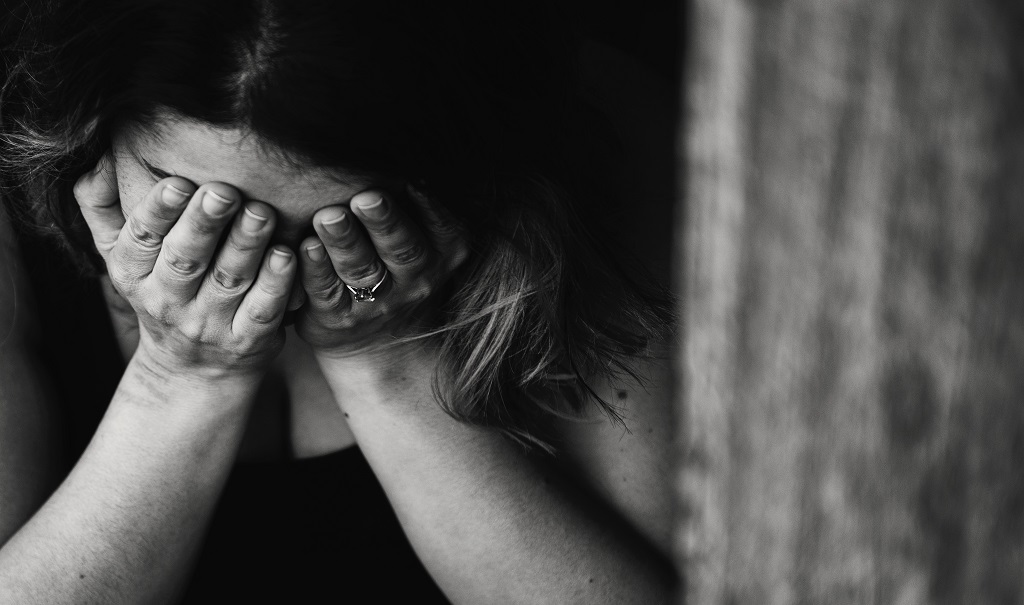
Domestic violence in the simple sense means violence against a person by victims own family member or members, in the domestic circle. It happens within the family circle and most common one is by persons intimate partner, or spouse and most of the times , the victim is a woman .
Women face domestic violence in almost all the societies and they are suffering from this form of violence for decades. Global estimates published by WHO indicate that about 1 in 3 (35%) women worldwide have experienced either physical and/or sexual intimate partner violence or non-partner sexual violence in their lifetime. Most of this violence is intimate partner violence. Worldwide, almost one third (30%) of women who have been in a relationship report that they have experienced some form of physical and/or sexual violence by their intimate partner in their lifetime .Globally, as many as 38% of murders of women are committed by a male intimate partner.
Domestic violence is sensitive issue, it was considered as a family issue and often discussed less due to many cultural and traditional practices and beliefs but Within the last few decades, gradual improvements in women’s status due to women’s activism in various parts of the world has helped slowly to increase the visibility of domestic violence as a social problem. Despite this, violence against women within the family home, until very recently, has received little attention as either a social or a public health issue .The sensitivities and stigma associated with domestic violence, the perception that it is primarily a judicial and legal issue, and rarely conceived as a public issue.
To have a better understanding, knowing the meaning and contents of domestic violence is necessary, hence Domestic violence (also named domestic abuse or family violence) is violence or other abuse in a domestic setting, such as in marriage or cohabitation. Domestic violence is often used as a synonym for intimate partner violence, which is committed by a spouse or partner in an intimate relationship against the other spouse or partner, and can take place in heterosexual or same-sex relationships, or between former spouses or partners. In its broadest sense, domestic violence also involves violence against children, parents, or the elderly. It takes a number of forms, including physical, verbal, emotional, economic, religious, reproductive, and sexual abuse, which can range from subtle, coercive forms to marital rape and to violent physical abuse such as choking, beating, female genital mutilation, and acid throwing that results in disfigurement or death. Domestic murders include stoning, bride burning, honor killings, and dowry deaths (which sometimes involve non-cohabitating family members).
It is un fortune to see that during the coronavirus outbreak in India not only there has been a surge in covid-19 cases but also a surge in domestic violence cases , The national lockdown has reported more than 50% rise in domestic violence. A report prepared by NALSA documents showed that a total of 144 cases of abuse were filed in Uttarakhand alone followed by increasing cases in Haryana and New Delhi. The National Commission for Women has seen a spike in the complaints it receives, its chairperson, Rekha Sharma, told the BBC. So much so that it launched a WhatsApp helpline for women during the lockdown - the messaging app is widely used in India, and is a safe option for those who cannot make calls for fear of being overheard. Between 23 March and 16 April 2020 - roughly the first three weeks of the lockdown - the commission received 239 complaints of domestic violence. This was a significant jump from the 123 complaints it received in the month leading up to the lockdown. This is not only the situation in India but also in the world.
Legal aspect of domestic violence in India
There are several laws protecting women from domestic violence . Under Section 498A of the Indian Penal Code, harassment for dowry by the husband or his family is considered a crime. This harassment can be either mental or physical. Even though marital rape is not recognized as a crime in India, forced sex with one’s wife can be considered cruelty under this section. Section 498 A has a wide scope. It also covers any and all wilful conducts against a woman which drive the woman to commit suicide or grave injury or risk to life, limb or overall health. Again, health includes the mental and physical health of the woman. The practice of dowry itself is outlawed under the Dowry Prohibition Act, 1961. Despite this, if dowry has been given to and taken by anyone other than the woman, she is entitled to that money/property as the case may be under this Act .
Furthermore, the Protection of Women against Domestic Violence Act 2005 prohibits a wide range of abuse against women — physical, emotional, sexual and economical and all these are extensively defined under the Act. The scope of the Act covers women who are in a live-in relationship and are not married. A woman has the choice to be free from violence and has various options under this Act. She has a right to get an order of protection against her husband and his family, to continue living in the same house i.e. she cannot be thrown out of her matrimonial home even if she reports her abusers, to claim maintenance, to have custody to her children and to claim compensation. Under the DV Act and also under section 125 of the Indian Penal Code, a woman does not have to necessarily file for a divorce to have a right to receive maintenance from her husband. The nature of a married relationship is such that it makes it incumbent on the man to provide maintenance for his wife (in some cases if she is unable to provide for herself and in some cases even otherwise). A petition for maintenance is maintainable even in the absence of one for divorce.
Even though we have a well framed legislation to prevent domestic violence still it has not decreased the violence against women rather it is increasing day by day because of male dominant , patriarchal society that we live in and persistent of adverse use of masculinity , misconception regarding the women’s role in family and male chauvinism , having a unhealthy relationship , lack of mutual respect are the main reason behind it . To reduce the violence against women what is actually required is change in peoples thought which is very difficult to achieve without constant effort by the people who are aware of it .
-Article By Deepitha kumari Jain
Student of SDM Law college Mangalore
